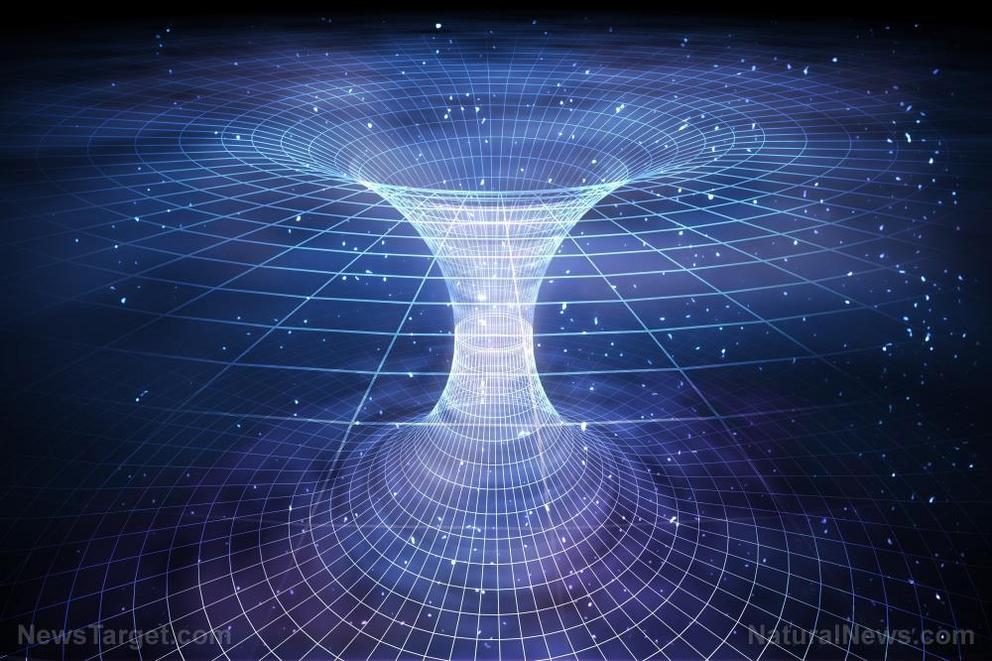Warp speed may be possible, but it will require huge amounts of energy
Faster-than-light, or superluminal, travel to other star systems using technology such as “warp speed” has long been the realm of science fiction. But a new study shows that this kind of travel may one day be possible; it will just take tremendous amounts of energy.
American physicist Erik Lentz from the University of Gottingen in Germany is proposing a model for superluminal travel using what he calls a new class of hyper-fast solitons. These are a kind of wave that maintains its shape and energy and can move at speeds much faster than light.
Most importantly, these hyper-fast soliton solutions can exist within Albert Einstein’s theory of special relativity.
New faster-than-light method works within special relativity
Einstein’s theory of special relativity states that it’s impossible to go faster than light. But this theory has a loophole that could allow superluminal travel. The theory only states that objects cannot accelerate to speeds beyond the speed of light, which means that objects already traveling at faster-than-light speeds don’t contradict the theory.
For the longest time, research into superluminal travel has focused on hypothetical particles and states of matter with exotic physical properties. For example, artificial wormholes and the Alcubierre drive all involve an exotic physical phenomenon known as negative mass. This is a type of exotic matter that would have less than zero mass, which would then exhibit weird behavior under gravity that may allow for superluminal travel.
But Lentz’ paper, published in the journal Classical and Quantum Gravity, offers a potential blueprint for superluminal travel using conventional physics. It moves the question of superluminal travel a step away from theoretical research and a step towards an engineering challenge.
“A ‘warp drive’ technology is principally envisioned to speed up transportation in deep space,” Lentz said. “It can be used to enhance current ambitions for interplanetary and interstellar travel by drastically shortening travel times and widening mission windows.”
Lentz’s model uses hyper-fast solitons which, given a sufficient energy supply, can be configured as a “warp bubble” with superluminal speeds. In theory, these could enable an object to travel through spacetime without experiencing extreme tidal forces.
Superluminal travel requires more energy than we can produce right now
The only issue with Lentz’s new model is that it would take more energy than we have available right now.
“The energy required for this drive traveling at light speed encompassing a spacecraft of 100 meters in radius is on the order of hundreds of times of the mass of the planet Jupiter,” Lentz said in a press release. “The energy savings would need to be drastic, of approximately 30 orders of magnitude to be in range of modern nuclear fission reactors.”
But this hasn’t discouraged Lentz, who is now looking for ways to bring the power required by his model to something more manageable with modern technology.
“This work has moved the problem of faster-than-light travel one step away from theoretical research in fundamental physics and closer to engineering,” he said. “The next step is to figure out how to bring down the astronomical amount of energy needed to within the range of today’s technologies, such as a large modern nuclear fission power plant. Then we can talk about building the first prototypes.”
For this, he’s looking at energy-saving mechanics proposed in earlier research to see whether they can be modified for his model. He said that these could potentially lower the energy required by his model by “nearly 60 orders of magnitude.”
While the task may be difficult, Lentz feels that it is not impossible. He said that the next phase of theoretical research and development could take place over the next several years. Beyond that, he feels that a fully functional prototype is possible within the coming decade.
“The first truly superluminal drives may come some decades thereafter,” Lentz says. “I would like to see this technology in use in my lifetime.”
For full references please use source link below.

